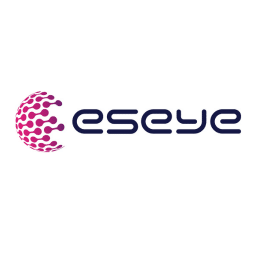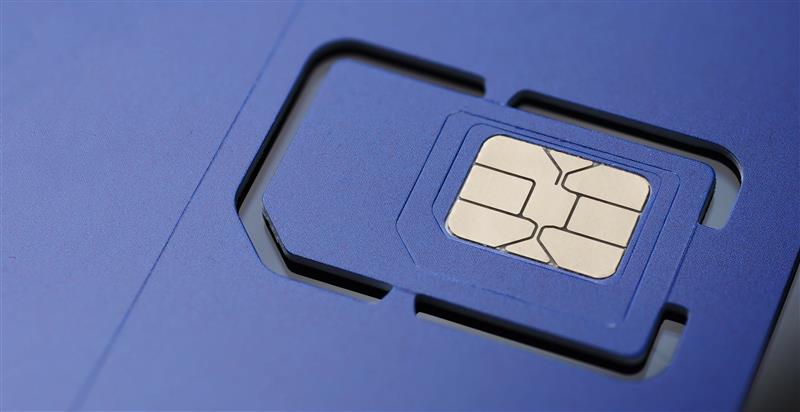Deploying a successful IoT initiative can be fraught with challenges. After all, cellular networks were really designed with consumer usage in mind and the behavior of smartphones and mobile internet modems is very different to that of IoT and M2M devices. This is evident even in how connectivity subscriptions are billed.
Applications for connected machines were not properly acknowledged until 2016 through 3GPP Release 13. And even since then, cellular networks have mostly catered to consumer devices. Mobile handsets are full-featured computers, constantly polling the network to ensure they are connected to the closest or best cell tower, keeping the device awake and sucking up larger and larger amounts of bandwidth. These devices also spend most of their time in a home location.
These behaviors have made it possible for MNOs and MVNOs to charge consumers considerable amounts for connectivity subscriptions and data usage. But this model does not work when applied to IoT initiatives that may feature thousands, or tens of thousands of devices. IoT devices also spend long periods asleep, tend to send small amounts of data, and some of them spend large amounts of time roaming. This requires a different approach to connectivity pricing.
Thinking of using “free” SIMs? Let’s talk about what really matters — connectivity reliability and lifecycle value.
How does IoT SIM pricing work?
Pricing for IoT connectivity takes several variables into account.
Most, if not all, providers will charge a monthly fee per device or connection, whether that connection sends or receives any traffic that month or not. Pricing is also determined by the following factors:
- SIM grade and quality: The cost of producing Enterprise grade IoT SIMs is significantly higher than the consumer SIMs you have in your phone. They are industrial grade and designed to be operationally efficient in even the most extreme environments, for example in blistering heat with high humidity or artic temperature lows. They are also resistant to corrosion and vibrations too meaning they can be relied upon for many years.
- The size of the IoT estate: Connectivity providers will typically offer a standard rate up to a number of connections, and then have a sliding scale that gives lower pricing for more connections.
- Data usage: Both PAYG and flat rates with overages are common approaches to charging for data consumption.
- Fallback networks: Connectivity providers with a more comprehensive offering will be able to supply a number of fallback networks, ensuring an IoT device can fail over to another network in the event of an outage. There is likely to be a fee for each additional network commitment.
- Connectivity complexities: If the device is intended to roam, versus remain on a home network, additional local networks will need to be confirmed for the device to move onto. Some providers or IoT-specific MVNOs will also have negotiated a wider selection of networks to offer connections on. Complexities such as this will likely incur additional charges.
What is a free IoT SIM card?
When it comes to planning a large-scale IoT initiative there are many variables to consider and experts will tell you that the more time and effort you invest in the pre-deployment phase, the greater the chance of long-term success.
This includes exhaustively testing IoT connectivity to ensure you have the right provider for the job before committing to a large contract and significant multi-year spend. As we’ve discussed in previous articles, due to the long-term deployment requirements of IoT applications, it’s very difficult to change connectivity provider once your devices are in the field.
A solution to this particular challenge is to ensure your connectivity provider uses eUICC (embedded universal integrated circuit card) SIMs, which provide the capability to store multiple network profiles that can be provisioned and managed over-the-air (OTA).
Regardless of the SIM technology used, to help with pre-deployment testing, and as a cost incentive, some IoT connectivity providers offer a free IoT SIM.
These offers are usually capped at a small number of SIMs – typically one to five – so they really are only suitable for testing purposes. They will also be time-limited trials – such as 30 or 60 days – after which you will roll onto a contract or lose connectivity.
Free or trial SIMs usually include a data allowance, but it is likely to be limited. Many providers cap this limit at 50MB for the duration of the trial, which even in IoT traffic terms doesn’t give you much opportunity to conduct anything other than basic testing. It also restricts usage to low bandwidth IoT applications, making testing of high-data apps more of a challenge.
It’s worth paying attention to the small print too as many providers restrict the features on free or trial IoT SIMs. Feature limitations may include roaming, bandwidth, or network coverage. In addition, make sure the SIM you are testing is industrial-grade and is suitable for your IoT application. Further, be sure to check what standards the SIM is compliant with to ensure there are no nasty surprises later on down the road. Industrial IoT SIMs should be GSMA, ETSI and ISO compliant.
Some providers may also charge a one-off activation cost, even for free SIMs, just to activate the SIM on the network.
Pros and cons of free IoT SIMs

While free IoT SIM card options may provide a potential avenue for getting started with an IoT project without any up-front investment in connectivity, the above considerations indicate a number of potential drawbacks with the model.
Furthermore, most free SIM offerings provide little in terms of value add beyond an opportunity to test the connectivity. It’s still incumbent on you, the customer, to do the actual testing and ensure the connectivity is appropriate before commitment.
For many enterprises, especially those without significant experience in IoT deployments, this can be a minefield.
Free IoT SIM alternatives: Device first connectivity
While it is difficult to differentiate on connectivity, some providers are taking more innovative approaches to differentiation for IoT services, focusing instead on adding value by helping enterprises get the pre-provisioning phase right.
Instead of a free SIM, Eseye’s device-first approach offers a valuable service in the form of a device assessment. A SIM trial and pre-paid data plan is part of the offering, but the Eseye team will also test the connectivity of the device to assess its performance and provide a report with any issues and recommendations to improve connectivity performance.
Analysys Mason testify to this in its IoT Connectivity Disruptors report, Eseye “spends considerable time in the pre-deployment phase of projects to select the correct device and then optimizes the device firmware and configurations to avoid common hardware issues that disrupt IoT deployments.”
Ultimately, this approach helps enterprises ensure their IoT deployments will be successful in the long run, and should mitigate the need to make any expensive and challenging changes to connectivity providers once devices are in the field.
What does an IoT device assessment look like?

An Eseye trial kit includes multiple intelligent AnyNet+ trial SIMs with prepaid data plans for 30 to 60 days, and access to the Infinity IoT Connectivity Platform™ for device management.
Once connected, Eseye’s team of Technical Engineers will remotely push your device to the limits to assess its performance. They will focus the testing on three areas:
- Management: Checking that commands can be sent to the SIM card for management purposes.
- Device support: Tests are carried out to check how the SIM card interacts with the modem and how the device behaves when the SIM card is provisioned and de-provisioned.
- Network and SIM lifecycle: Ensuring the Multi-IMSI SIM feature can be utilized.
Following this, you’ll get an assessment report which will explain any issues discovered with the device and recommendations to improve connectivity performance and device resilience.
Why is a device-first approach important?
Many of the most promising IoT and M2M use cases, or those with potential for high revenues, rely on large scale deployment models with an international scope. But this scope has remained limited until very recently, because international IoT connectivity remains challenging on two fronts:
- Building IoT devices in one configuration that can be deployed and activated anywhere in the world
- Deploying mobile IoT devices that can move from one region to another and retain connectivity
IoT connectivity needs to be flexible. But it also needs to be reliable. That’s why pre-deployment testing is so important. Every IoT project is different and has different requirements when it comes to connectivity and adequate testing has to be performed to ensure devices operate as expected to avoid costly fixes.
Eseye brings decades of end-to-end expertise to integrate and optimise IoT connectivity delivering near 100% uptime. From idea to implementation and beyond, we deliver lasting value from IoT. Nobody does IoT better.

